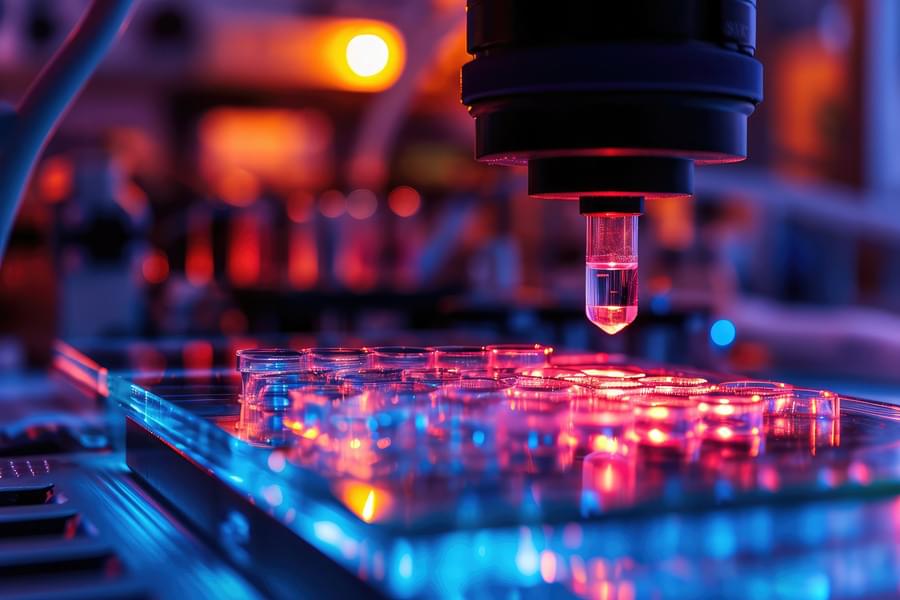Scientists are experimenting to figure out how best to attach ‘living skin’ to robotic faces, and make them smile. The results are, predictably, terrifying.




Ever since aurora chasers discovered Steve, a mysterious ribbon of purple light in the night sky, scientists have wondered whether it might have a secret twin. Now, thanks to a photographer’s keen eye, and data from ESA’s Swarm satellites, we may have found it.
Steve was a sensation when scientists stumbled across it a few years ago, thanks to the eagle eyes and excellent photography of the Alberta Aurora Chasers Facebook group.
But its mauve hue and fleeting appearance meant it couldn’t be a feature of the aurora borealis, commonly known as the northern lights, which comes in shades of green, blue and red and can last for hours. So, what could it be?


Designing machines to think like humans provides insight into intelligence itself.
The dream of artificial intelligence has never been just to make a grandmaster-beating chess engine or a chatbot that tries to break up a marriage. It has been to hold a mirror to our own intelligence, that we might understand ourselves better. Researchers seek not simply artificial intelligence but artificial general intelligence, or AGI—a system with humanlike adaptability and creativity.

Building a conscious robot is a grand scientific and technological challenge. Debates about the possibility of conscious robots and the related positive outcomes and hazards for human beings are today no more confined to philosophical circles. Robot consciousness is a research field aimed to a unified view of approaches as cognitive robotics, epigenetic and affective robotics, situated and embodied robotics, developmental robotics, anticipatory systems, biomimetic robotics. Scholars agree that a conscious robot would completely change the current views on technology: it would not be an “intelligent companion” but a complete novel kind of artifact. Notably, many neuroscientists involved in the study of consciousness do not exclude this possibility. Moreover, facing the problem of consciousness in robots may be a major move on the study of consciousness in humans and animals.
Join us on Patreon! https://www.patreon.com/MichaelLustgartenPhDDiscount Links: NAD+ Quantification: https://www.jinfiniti.com/intracellular-nad-test/Use Cod…
If you want to see more of my work like this, your support on Patreon is so so important https://www.patreon.com/hellofutureme thank you if you already do!FR…


Deducing the correct pattern that links pairs of coloured grids is relatively easy for most people, but relies on skills that artificial intelligence models lack. A new $1 million prize hopes to encourage the development of an AI that can solve such puzzles.
By Alex Wilkins